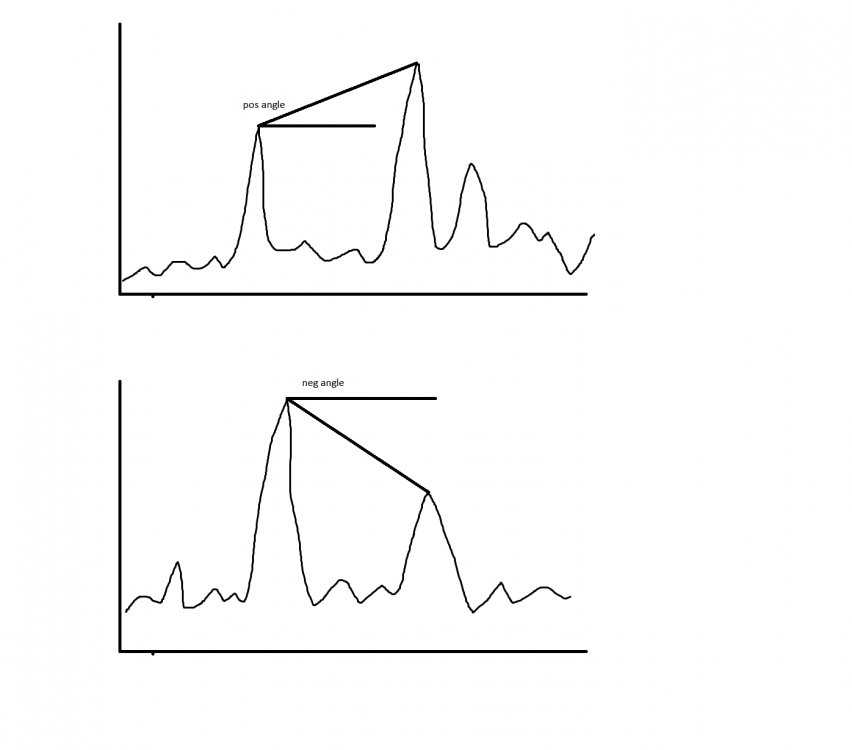-
Posts
926 -
Joined
-
Last visited
Content Type
Profiles
Forums
Events
Everything posted by Function
-
Accepted for a residency in anaesthesiology!
-
Finally graduated magna cum laude as an MD.
Although I have received the wonderful opportunity to specialise in neurosurgery, being a neurosurgery resident is just a dog's life I could not lead for the lengthy duration it has. Because of lots of reasons, I've decided to carry on as an aspiring future anaesthesiologist.
-
The news about that black hole thing made me think. Now forgive me, physicists and others, for being such a noob when it comes to astronomy, but I had this idea, which didn't sound too stupid to me, but again, I'm a real layman in astronomy.
I was thinking that the big bang may have been a black hole, being overloaded with everything else the universe held, such that it became unstable, and exploded? Additionally, if I'm right, black holes grow while eating stuff, and may eat each other. What if our whole universe will come to a point in time where there are only two black holes, which have eaten anything else, remaining only for one to eat the other one, leaving only one giant black hole, once again being overloaded, and exploding, like a new big bang?
-
In the hospital environment, a lot of letters must be written. I'm looking for a way to standardize all letters I'm making. To do so, I would like to make a MS Office Word wizard, which just asks me all relevant things (e.g., salutation, patient name and birth date), lets me select all things in clinical examination that are deviant from a list ..., and then merges everything into a standardized document, which would be a bit easier than making a template.
Does anyone know how I can do this?
-

There is a whole vertical IT industry dealing with adressing what you wrote plus much more. There are specialized genre of software dealing with medical needs alone, those include everything from ticketing, registering a patient, printing stuff, keeping dynamic databases accesable for different pieces of software and a lot more - everything that needs to be done to fulfill any medical environment. Its a competive market where everything that needs to be provided has been provided, I would suggest you look into talking to your hospital IT guy...I know he presumably might not be too hot as IT guys tend to be not too interesting but hey, you gotta deal with it

-

-

-
-
For once, I passed all my exams with great distinction, and my thesis specifically with greatest distinction

Let's hope my internships (starting March until July 2020) can help me finish my Master with great distinction ...
-
Defended my thesis in front of the examination board. They were very pleased, found both the thesis and the presentation excellent, appreciated my direct and to-the-point answers to their questions ... Couldn't ask for more! 8 February is verdict day ...
-
Supervisors were happy with my thesis, said it could easily be a PhD dissertation
 to be defended on 21 January ...
to be defended on 21 January ...
-
First full version of my thesis complete! To be revised by my supervisors, and to be printed











